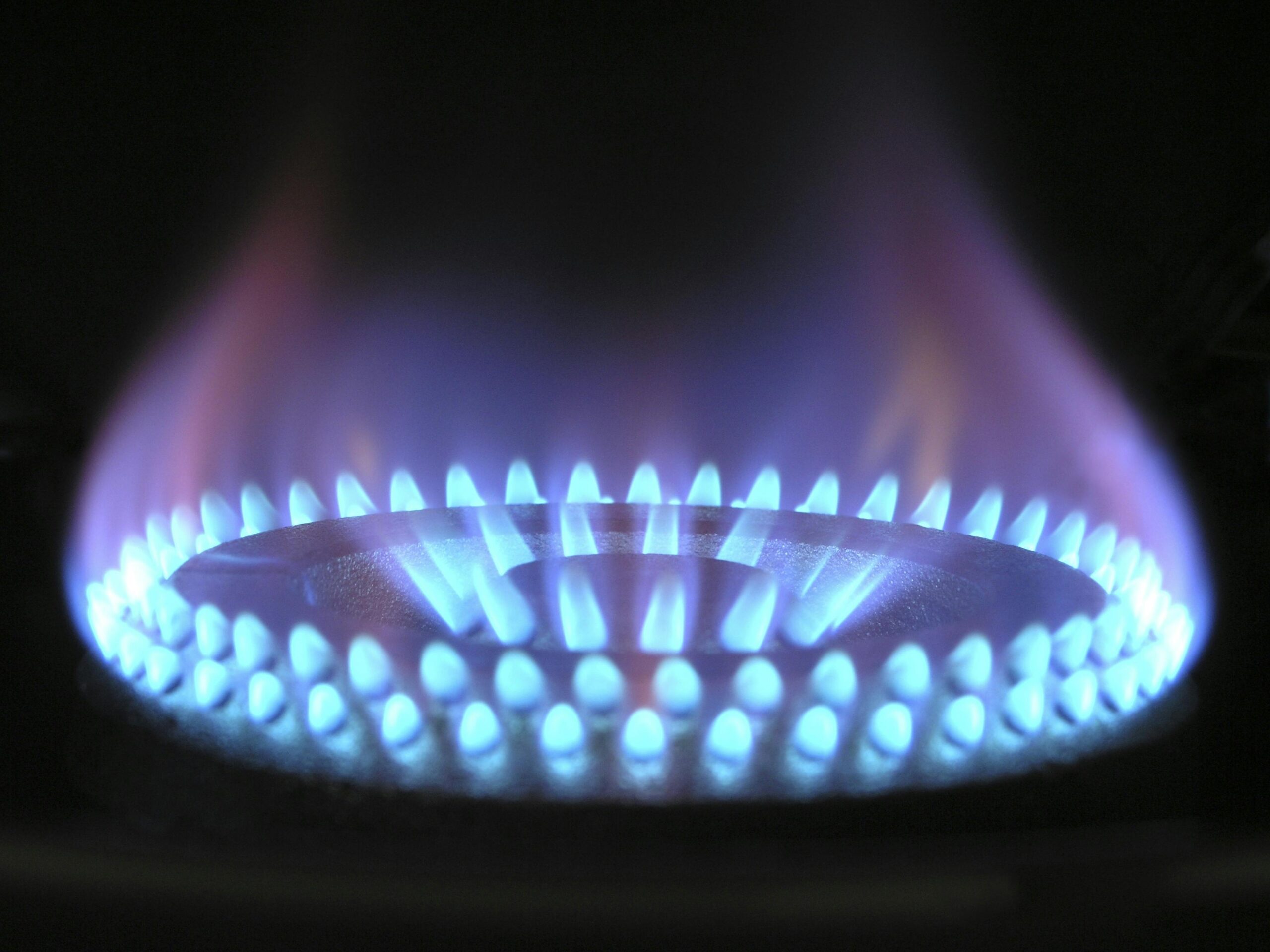Table of Contents
Carbon Credit Market Update: Australia’s Future Gas Strategy was released on 9 May 2024, and it is going to affect the corporate offsets market in Australia and Asia.
The Australian Government’s Future Gas Strategy aims to support the transition to net zero emissions by 2050 while ensuring affordable gas for domestic users. It emphasises the need for new gas sources to meet demand during the transition and supports the shift towards higher-value uses. The strategy also underscores the importance of adapting gas and electricity markets for the energy transformation and affirms Australia’s commitment to being a reliable energy trading partner.
It’s about new gas sources. It is a requirement that new gas facilities need to be effectively 100% offset to get approval and this is where it gets interesting. There will not be enough carbon to go around in the Australian Carbon Credit Unit Market. It’s not if the price of offsets will go up, but when.
Supply constraint persists – The government has, in the 4th Carbon Abatement Contract Exit window, advised participants that they will be holding 20 % of contracted ACCU for use in the price containment mechanism.
That is less supply in the secondary market. New methods such as IFLM are still not approved and the medium-term supply of units is up in the air. Whole methods are considered not real abatement and the issues have not subsided despite the Chubb report and recent reviews by the Australian national audit office. As an active participant in the secondary broker market and someone who speaks to several in scope emitters, there is a hierarchy of Carbon quality. Indigenous Savanna, Environmental Planting and verifiable HIR.

The modelled future demand for carbon credits is predicated on the success of Carbon Capture technology being delivered successfully on time and within budget. These companies are not required to purchase carbon as there is an expectation that they will be able to meet their Carbon requirements through Multi-Year Monitoring Plan. (MYMP)
We have however seen recent examples of failed CCS projects being abandoned. They are expensive, complex, and littered with opposition, such as the Glencore proposal to pump Co2 in Australia’s most significant Aquifer the Great Artesian Basin.
Demand is increasing, many facilities are kicking the compliance can down the road, and supply is constrained due to policy weakness and mechanism challenges
If there is not going to be enough offsets in 2027-2028 and beyond then what are the options available for the Australian Government to meet demand? Well in the true spirit of globalisation the answer will be to “just import it” dummy. That’s right, there will be a move over the next few years to begin to build a narrative of international offsets to provide the answer to this shortfall.
While that seems like a convenient choice now using today’s vastly discounted carbon prices you can expect a very different pricing scenario in 3 years+ time. You see almost every developed country will be vying for international carbon projects that meet the needs of domestic carbon commitments. With the advent of Article 6.2 there is a race to begin creating bi-lateral agreements between countries for the importation of carbon. We are already seeing examples of credits moving into Article 6.2 arrangements and immediately achieving 200% pricing uplifts.
So the global race for carbon is on. Prices for units are as cheap as they can get and at current pricing many new projects are simply not economically viable. This means future supply and delivery of registered projects will be further delayed without adequate financing, further creating material supply constraints for compliance buyers and material pricing lifts for corporates who will have grown accustomed to low price offsets.

Project Spotlight – Strathburn Station (Savanna Burning)
At Clima, we’re proud to support several wonderful Savanna burning projects in Cape York. Project of the week is Strathburn Station, owned and managed by the vibrant Westpac economist Rory Robertson. It is a 250,000 Hectare cattle station– 50km by 50km in the heart of Cape York Peninsula – is perhaps the most biodiverse noncoastal property in Queensland, featuring wetlands, wildlife and wilderness essentially unchanged for centuries. This project utilises early season fire management techniques to reduce carbon emissions, enhance biodiversity, and prevent catastrophic wildfires to these valuable local landscapes.




